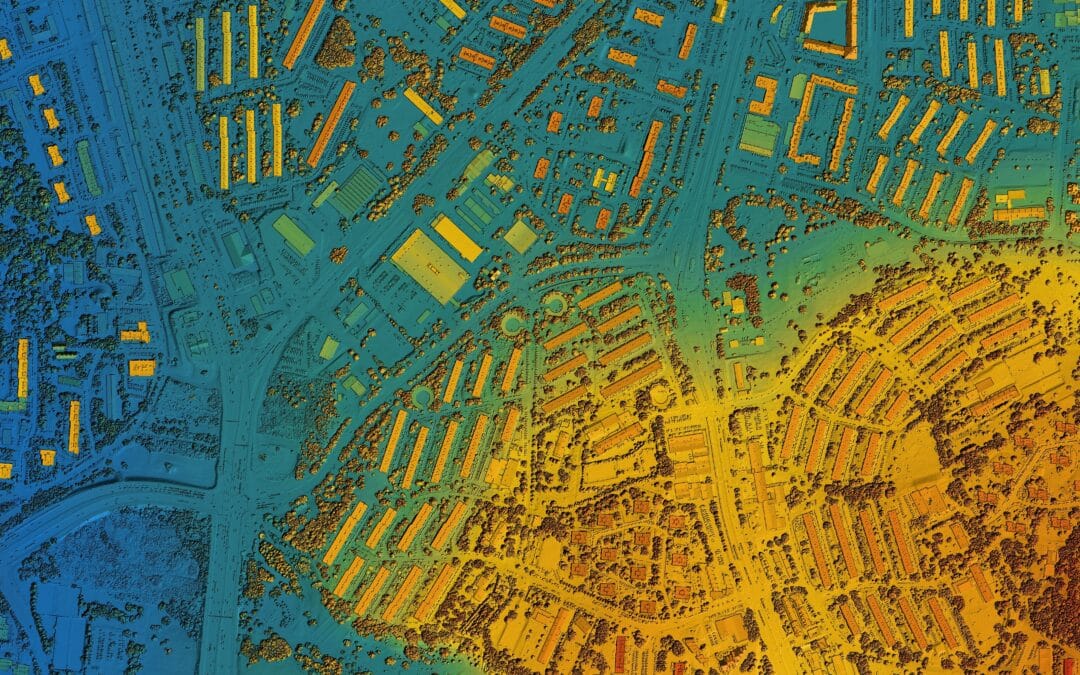Dallas-Fort Worth International Airport (DFW) is not just the primary international airport serving the state of Texas and the largest hub for American Airlines, which also has its headquarters nearby. DFW is also a perfect example of the flexibility and creativity that makes the entire Dallas-Fort Worth metroplex an interesting example of economic stability in a state commonly known for a widely perceived economic dependence on the volatile petroleum industry.
DFW has a history of strategic planning, development and investment that demonstrates how the local economy operates on a larger scale as well as within the confines of the country’s third-busiest airport.
GROWTH-CENTERED STRATEGY
Review any organization’s master plan—whether that entity is a business or a municipal area—and you’ll read plenty about how it intends to grow. However, what you will not always see is evidence that this growth-centered strategy actually can or will be implemented.
Dallas-Fort Worth International Airport, however, boasts an effective series of “capital development plans” that span multiple decades, although they do not always sport the same titles. These plans often hinge not just on expansion, but also on debt-avoidance, with proceeds from growth being partially allocated to future development. They also do not rely solely on expanding the reach of the airport or the physical footprint of the runways, but also factor in commercial growth within the DFW Airport community: for example, via more effective concessions, retail and parking management and expansion, and other uses for airport property, such as obtaining natural gas royalty payments from energy companies interested in investigative research and drilling on DFW property.
Look back over the years and review the airport’s strategic growth papers, and you will clearly see that goals set out in the early and mid-2000s in these capital development plans have come to fruition in part or whole in the past few years, clearly contributing to the region as well as the airport.
NO CONVENTIONAL END IN SIGHT
While many investors look to the conventional forms of development (i.e. buildings “going vertical” in an area) to get a clear idea of whether or not a region is in growth mode, DFW bucks this conventional definition of growth by actually considering its current physical footprint to be largely sufficient in the near- and mid-term and investigating other ways outside of erecting additional terminals to fortify and supplement the airport’s internal economy and the Dallas-Fort Worth area economy as well.
Examples of this include potential plans for commercial, warehouse and entertainment districts housed on airport property that would bring with them possible tax-sharing arrangements with surrounding cities that could encourage development in those areas as well.
When it comes to the local housing market, it’s easy to see that there is still a solid amount of conventional “growth” going on in the region, but it is a good sign of an area’s probable future stability when the local mind-set does not rely wholly on conventional new construction to bolster growth.
























0 Comments